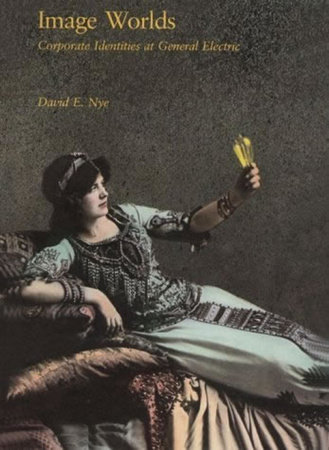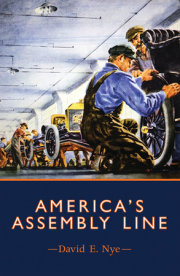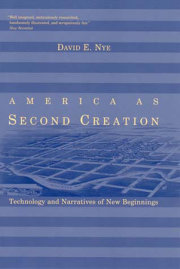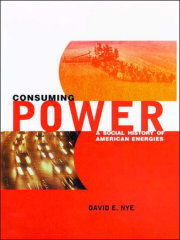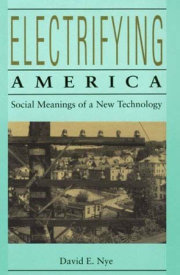By viewing the corporation as a communicator,
Image Worlds links the histories of labor, business, consumption, engineering, and photography, providing a new perspective on one of the largest and most representative corporations.
General Electric was one of the first modern industrial corporations to use photographs and other media resources to create images of itself; and the GE archives, comprising well over a million images, form one of the largest privately held collections in the world. To produce this venturesome book, David Nye has used these vast archives to develop a new approach to corporate ideology through corporate iconography.
Image Worlds embraces symbols, intentional signs, and photographs on the one hand and the history of institutional and technological development on the other. It views photography as a developing technology with a history of its own, and presents the corporation as a communicator as well as a producer and employer.
Illustrated with nearly 60 photographs from the archives, the book identifies five "image markets" that GE sought to organize and address. Company engineers, workers, and managers received publications designed to appeal to their presumed interests. Some of these grew into public journals with a scientific-educational mission; others were restricted in circulation even within the company. At the same time, illustrated mass-media advertising was created to reach potential consumers of GE products. Advertising that presented an image of GE as a place where "progress was the most important product." While GE was promoting this enlightened image, the company was also using its resources to reach the voting public, hoping to gain their support for private electrification in the national debate over municipal power.

